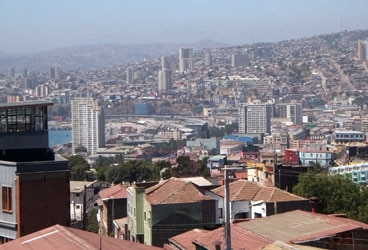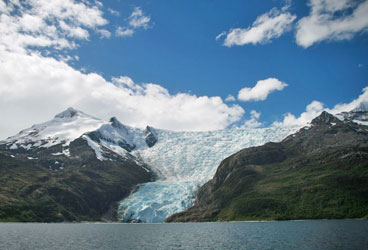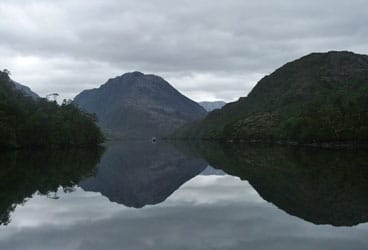
Valpo Chile 368
Three days after we’d left the Chilean port of Valparaiso en route to our next port of call outside Lima, Peru, the concerned emails began to arrive. Our friends and family knew we were at sea, and that we’d recently left Chile, and they wanted to know if we were safe following the 8.8 magnitude earthquake that had rocked the South American country early that morning. A tsunami warning had been issued for much of the South Pacific, including the waters we were transiting. But we were well over a hundred miles offshore, and we never felt a thing.
Well, that’s not exactly true. Our 64-foot cutter, Ocean Watch, didn’t experience any ill effects or adverse motion from the tsunami racing across the ocean floor. But over the course of several weeks of sailing we’d made a lot of Chilean friends and fallen in love with the startling and abundant beauty of the nation’s coastline and canals, and as we began to learn of the breadth and scope of the tragic events, it left us feeling shocked and sickened.

Herb McCormick| |Of the 48 glaciers in the Chilean Patagonian channels, 46 are receding at a record pace.|
Even before the earthquake, we’d learned enough about Chile to be anxious for its future. Our ongoing expedition Around the Americas (www.aroundtheamericas.org) is meant to be a voyage of discovery, and in the vast Patagonian channels we’d discovered fragile waters of incredible beauty that are under siege on several fronts. As in the Arctic, the ice in Southern Chile is no longer what it used to be; of the 48 glaciers in the country’s southern ice fields, all but two are shrinking at a record pace. And the region’s swollen rivers are becoming a tempting prospect for dams and hydropower, even though Chile has abundant renewable energy potential, and running transmission lines to major population centers would require hundreds and hundreds of miles of deforestation.
The fishing industry-or what remains of it-is another source of distress. Red tides have erased what was once an abundant shellfish yield, and over-fishing has decimated the offshore prospects. As we sailed further and further north, we saw with ever-increasing frequency the penned-in salmon farms that seem to occupy every deserted inlet and cove. The fish therein are nourished by pellets of proteins and antibiotics that cause pollution and infectious salmon anemia, and the end result are toxic, oxygen-depleted waters that are, quite simply, an environmental scourge.

Herb McCormick| |The Chilean canals are incredibly beautiful, but they’re also under threat on numerous fronts.|
And what do the salmon producers-who by and large are not even Chileans, but Norwegians-do once they’ve decimated once pristine fjords and bays? They pack up, move south, and do it all over again.
In the aftermath of the earthquake, with a massive rebuilding effort ahead that will no doubt take years to complete, it’s easy to imagine that in the grand scheme of things the stewardship of the distant waters of Patagonia will be a low priority. And there’s no way that can be a positive development.
Every year, more and more intrepid voyagers are heading south to experience the lush cruising grounds of Patagonia and Chile, a magical land if ever there was one. As we bid farewell to Chile, we were already daydreaming about a return visit. But we couldn’t shake a lingering, nagging question for this endangered, at-risk shoreline: What does the future hold?








